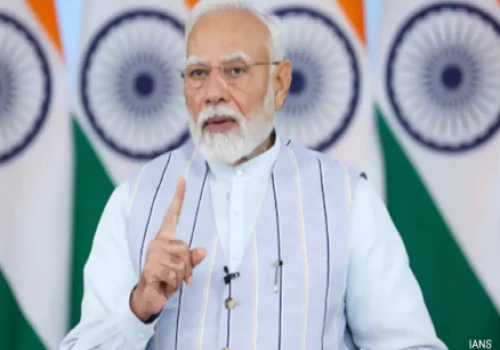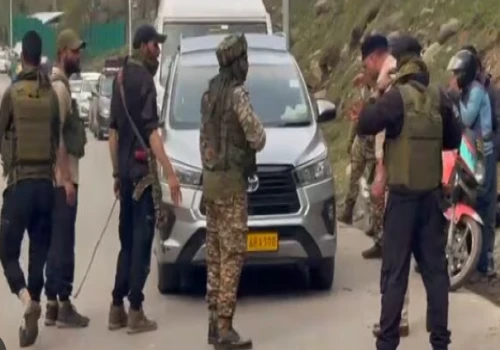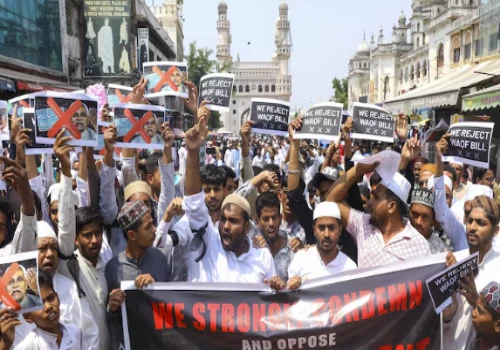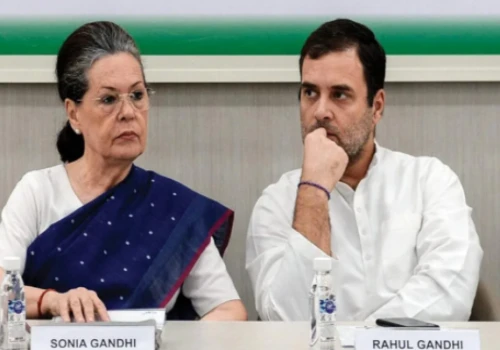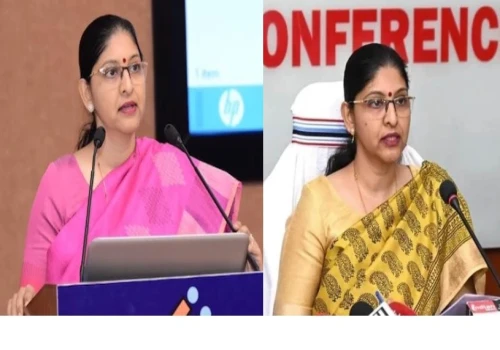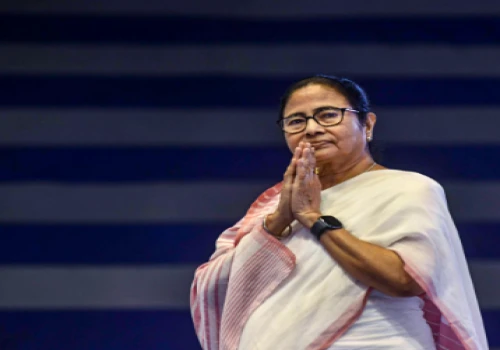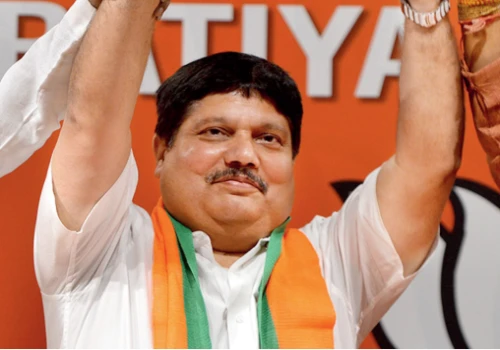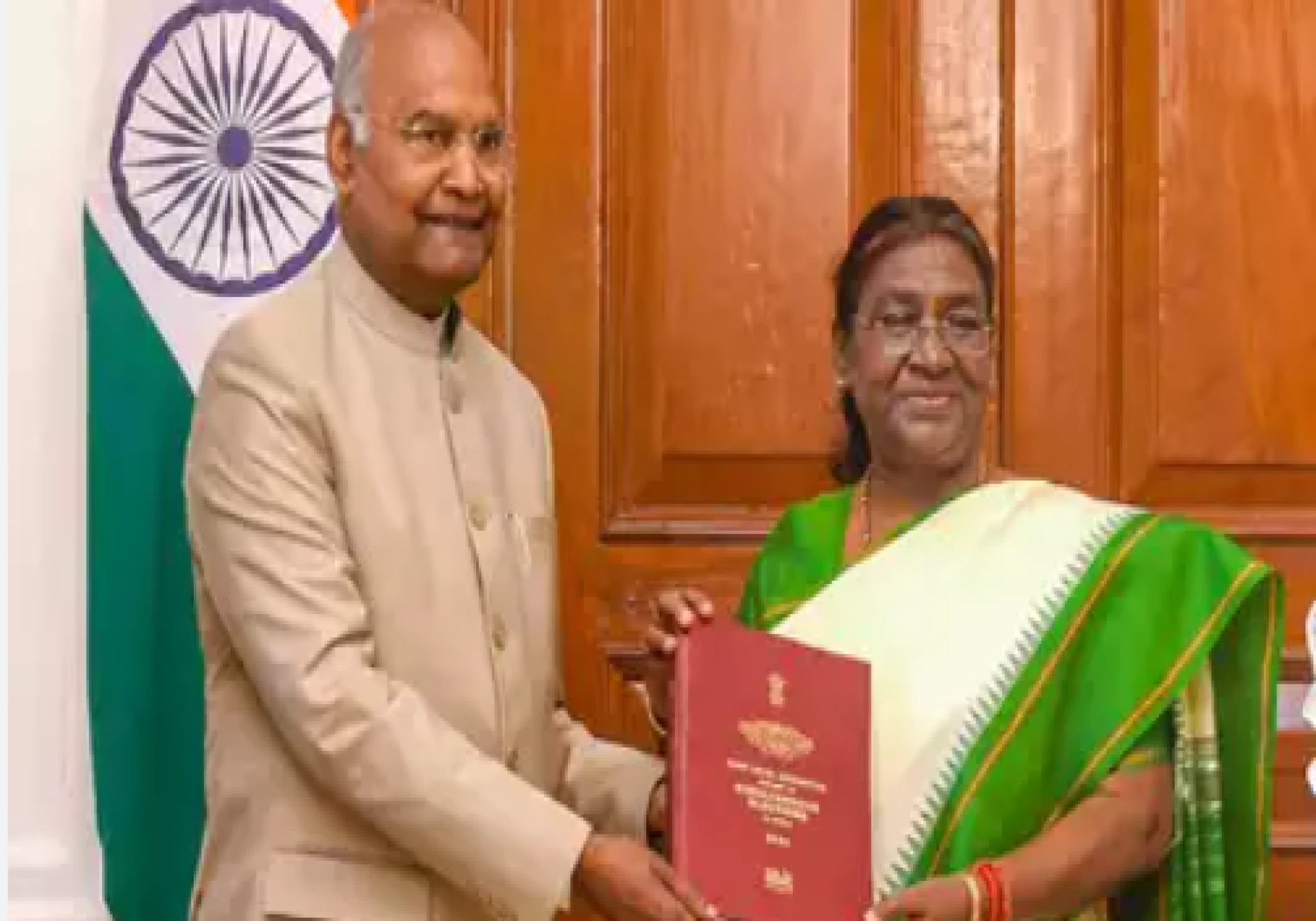
The Union Cabinet has given the green light to the much-debated 'One Nation, One Election' proposal, which aims to synchronize elections for the Lok Sabha and state assemblies nationwide. This landmark decision, if implemented, would bring a major shift in India’s electoral landscape, reducing the frequency of elections and promoting stability in governance.
The concept of 'One Nation, One Election' seeks to hold simultaneous elections for both the Lok Sabha (the lower house of Parliament) and all state legislative assemblies. Currently, elections in India are held at different times, with state and central polls taking place separately, often resulting in a continuous cycle of campaigning. The idea is to streamline the process and cut down on the enormous costs and manpower required for multiple elections.
On Wednesday, Ashwini Vaishnaw, the minister of information and broadcasting, announced that an implementation group would be established to carry out the recommendations of the panel led by former president Ram Nath Kovind. Over the coming months, in-depth talks would be conducted on several topics throughout the nation.
According to Ashwini Vaishnaw, the shift to simultaneous elections would take place in two stages: local body elections will be covered in the second phase, which will take place within 100 days of the first, while Lok Sabha and assembly elections will be aligned in the first.
Eighteen constitutional reforms have been recommended by the Ram Nath Kovind committee, the majority of which do not require state assemblies to ratify them. Nevertheless, this would require the passage of specific laws by Parliament amending the Constitution.
The approval of two Constitution Amendment Bills by Parliament, which will need broad support from a variety of political parties, is essential for the One Nation, One Election idea to succeed. The BJP will need to interact with opposition parties in addition to its NDA allies because it lacks a majority in the Lok Sabha.
Various opposition parties have raised concerns about the centralization of power, arguing that simultaneous elections could undermine the federal structure by diminishing the role of state elections. States fear a diminished say in national issues if elections are held simultaneously with the Lok Sabha. Holding simultaneous elections across the country would require massive logistical arrangements, including the availability of additional electronic voting machines (EVMs), security personnel, and infrastructure. Managing such a large-scale electoral event could prove to be an administrative challenge.
One of the biggest challenges is the dissolution of state assemblies before the completion of their term. If a state government collapses mid-term, it could necessitate separate elections, defeating the purpose of the 'One Nation, One Election' initiative. Regional parties, which often dominate state elections, argue that simultaneous polls could skew the focus towards national issues, sidelining local concerns. They fear that voters may be more influenced by national parties during a combined election.
The Cabinet’s nod to the 'One Nation, One Election' proposal is a bold step towards reshaping India’s electoral system. However, the road ahead is fraught with legal, political, and logistical challenges. As the government moves forward, it will need to carefully navigate these obstacles while ensuring that the democratic fabric and federal structure of the country remain intact

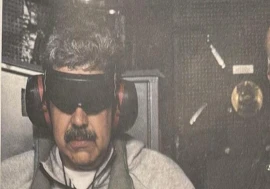
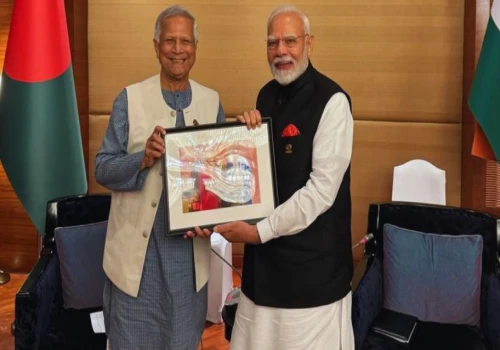
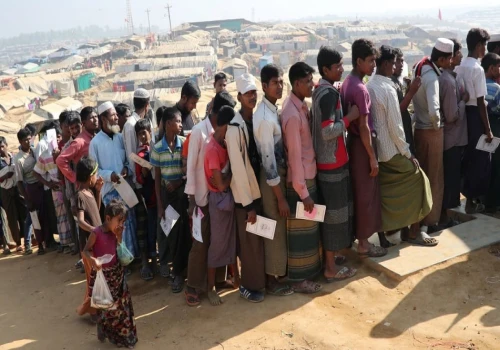
_500_x_350.webp)
